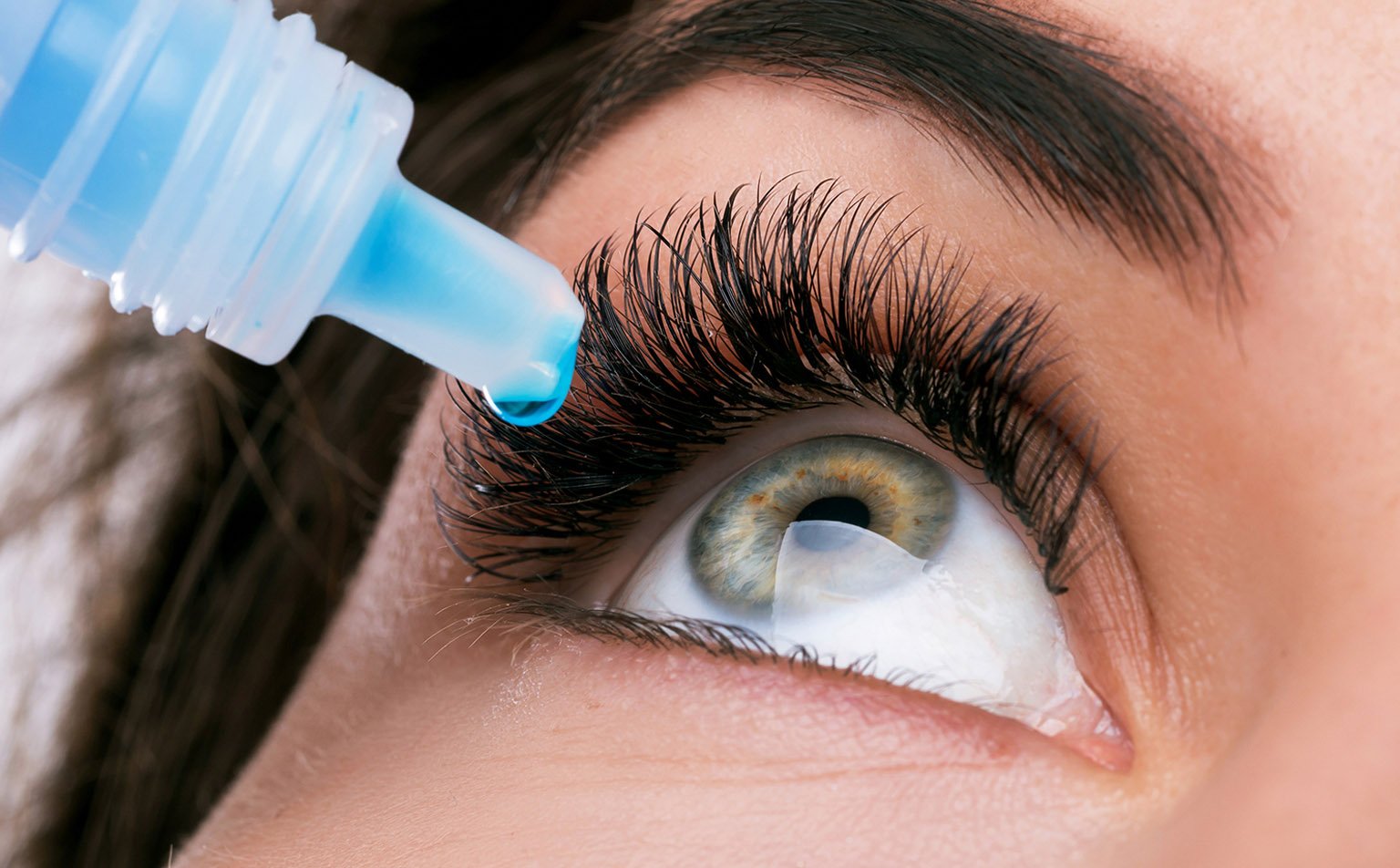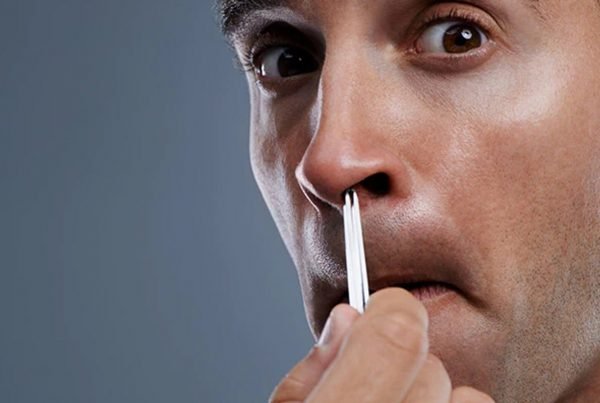
Dry Eyes: Symptoms, Causes, and Treatment
A dry eye is a common condition that occurs when your tears fail to provide adequate lubricant for your eyes. Tears can be inadequate for various reasons. It can happen if your tears are of poor quality or if you do not generate enough amounts. Tear instability causes inflammation and damage to the eye’s surface.
Dry eyes are genuinely uncomfortable and can even burn or sting at times. You can even get to experience this condition in a particular situation. It can happen in an air-conditioned room, looking at a computer screen, traveling on an airplane, or riding a bike.
Symptoms of Dry Eyes
There are several signs that you can experience in this circumstance. Some of them are enlisted below:
- A feeling of grittiness and dryness in the eye
- Soreness in the eye
- Stringy mucus around or in the eyes
- Sensitive eyes to wind or smoke
- Redness of the eye
- Difficulty to keep the eyes open
- Eye fatigue after reading
- Blurred vision as the day sets
- Sensitivity to light
- Discomfort while wearing contact lenses
- Tearing
- Double vision
- Stuck eyelids after you wake up
Some people undergo significant pain, which can further lead to anxiety and frustration. This issue can even generate difficulty in your daily life. Apart from these, there can be a few other complications as well. It can include deteriorating eyesight, evolving pain, worsening eye redness, and light sensitivity.
Causes for Dry eye
There could be multiple reasons behind disrupting the healthy tear film. Generally, your tear film consists of three layers. These layers are mucus, fatty oils, and aqueous fluid. This combination mainly helps to keep the surface of the eyes transparent, lubricated, and smooth. The slightest changes or problems with any of the layers can generate dry eyes.
Again, there could be more than one reason for tear film dysfunction. It can happen due to autoimmune disease, allergic eye disease, hormonal changes, or inflamed eyelid glands. Increased tear evaporation or decreased tear production can also be the cause in some cases. Below are a few pointers regarding both situations:
Decreased Tear Production: As mentioned above, dry eyes occur while you cannot render enough aqueous fluid. The medical term for this situation is keratoconjunctivitis sicca. The following are some common causes behind decreased tears production:
- Aging
- Medical conditions like vitamin A deficiency, Sjogren’s syndrome, lupus, allergic eye disease, thyroid disorders, sarcoidosis, scleroderma, rheumatoid arthritis, or graft vs. host disease
- Particular medications such as drugs for Parkison’s disease, high blood pressure, birth control, and acne
- Occurrence of corneal nerve de-sensitivity from contact lens
Increased Tear Evaporation: The oil film that the small glands on the edge of the eyelids produce might get clogged. These blocked meibomian glands are common in people with several skin disorders or rosacea. The following are the common causes of this condition:
- Posterior blepharitis
- Parkinson’s disorder is characterized by blinking less frequently.
- Concentrating for an extended period when working at a computer, driving, or reading
- Eyelid issues like ectropion (lids turning outward) and entropion (lids turning inward)
- Eye allergies
- Topical eye drops that contain preservatives
- Dry air, wind, or smoke
- Vitamin A deficiency

Treatment for Dry Eye
The treatment generally begins with an essential physical examination. Your doctor will ask you about your symptoms, medical history, and current medications. He might also want to know about your lifestyle, including your personal circumstances and occupation.
The treatment then further proceeds with specific tests prescribed by your doctor. Tests will help to reveal the amount of tears behind your eyelid. It will also measure the rate of evaporation along with the functioning of the tear film.
Treatment helps to keep your eyes lubricated. Generally, there are three ways to keep the eyes lubricated. They are:
- Producing most natural tears
- Using eye drops or artificial tears
- Reducing tear drainage
If the condition stems from a systemic or an ophthalmic disease, the ways mentioned above must be tried first. There are even medications available, for patients with chronic dry eyes, like Restasis or cyclosporine eye drops. Cyclosporine helps to reduce eye-surface inflammation. It even boosts the increased production of tears.
However, patients with a history of herpes viral infection or any other eye infection must not use this drug. There are even drops like steroid drops or antibiotic drops available to reduce inflammation and night use.
Apart from that, there are also specific other ways of treatment as mentioned below:
Surgery
Surgery is mainly recommended for eyelid problems like incomplete blink. More severe cases may include a partial or total obstruction of the tear ducts, which drain the tears. In such contingencies, silicone is inserted into the tear ducts to retain fake and natural tears on the eyes for a more extended time.
A surgeon generally shrinks the tissues of the drainage area with a heated wire. This is a minor operation referred to as thermal cautery. Apart from that, a Boston Scleral Lens is a contact lens used to rest on the sclera. It develops a fluid-filled layer over the cornea to protect it from drying out.
There is another surgical procedure called salivary gland transplantation. It is generally used in severe and persistent cases that don’t respond to other methods. Here, some of the salivary glands get removed from the grafted and lower lip. The saliva is then placed into the side section of the eyes and works as a substitute for tears.
Final Words
Dry eyes can undoubtedly bother and irritate. But it is treatable with proper medication and therapy. Although there are several medical alternatives accessible, there are certain preventative measures you may take on your own. Precautions include not allowing air to blow into your eyes, wearing wraparound sunglasses, taking eye rests, and so on.
Eye-oriented issues are common in the digital world in which you reside. Spending long hours in front of screens can cause dry-eye-like problems. Hence, following the tasks mentioned above and treatment can make the situation better.








